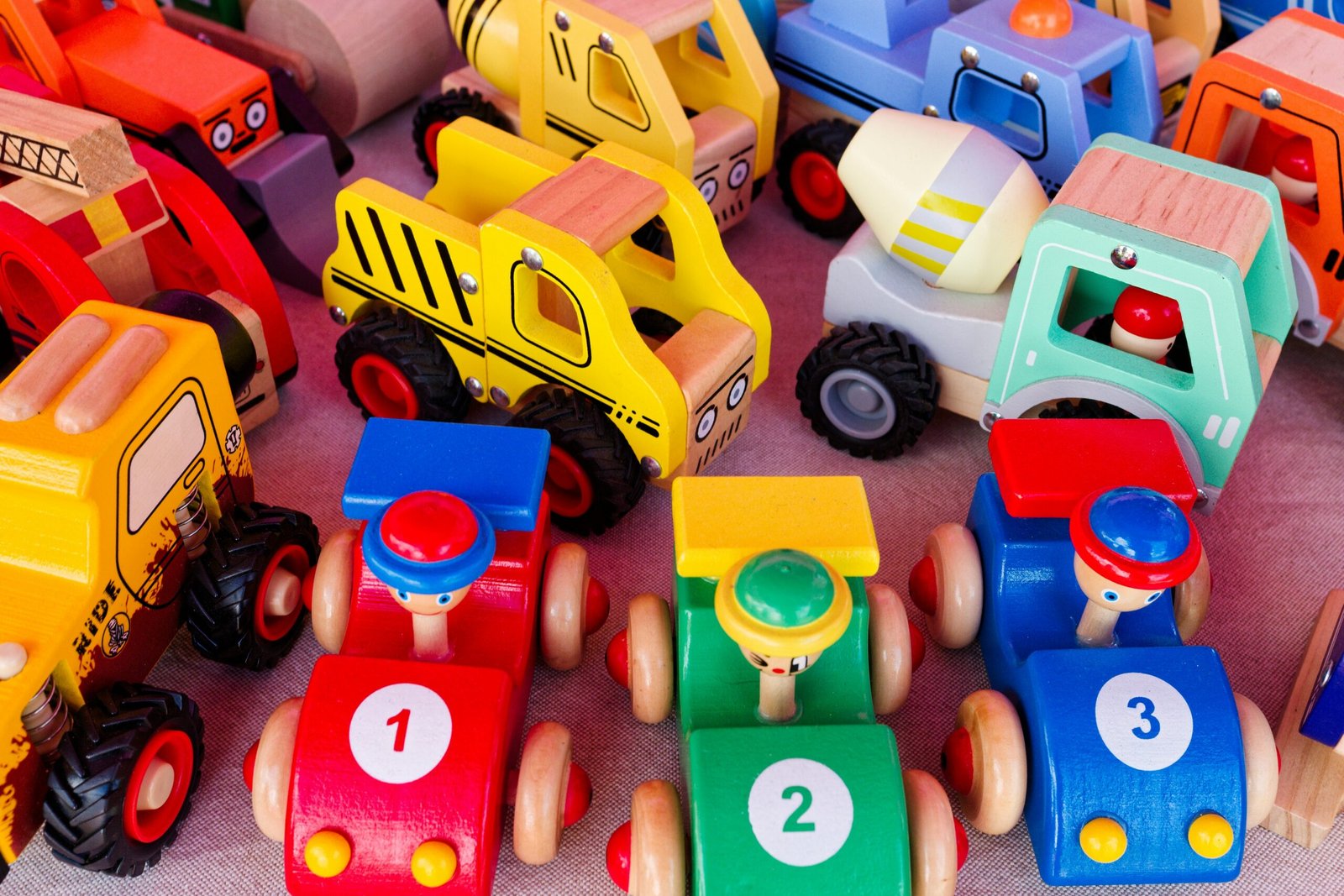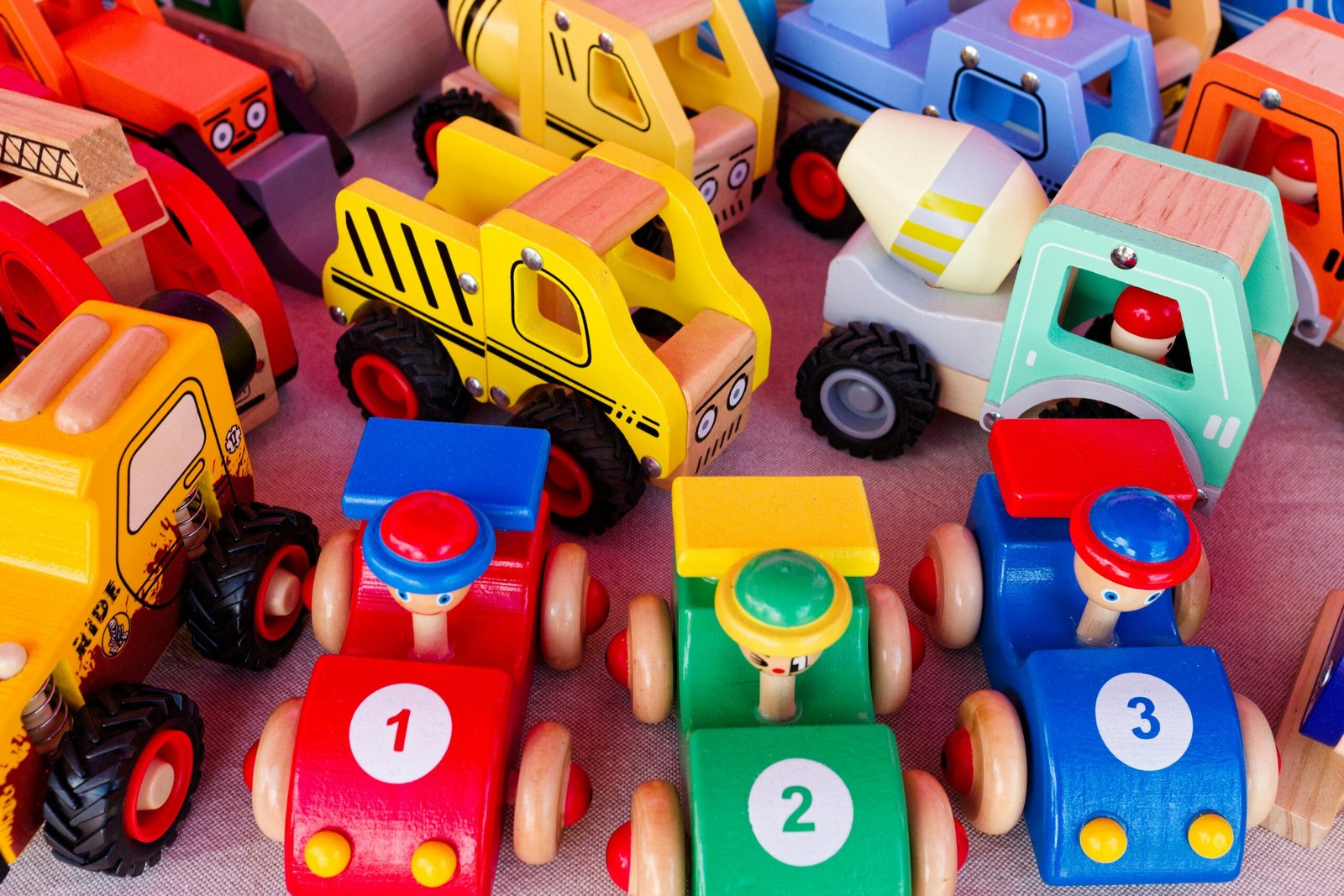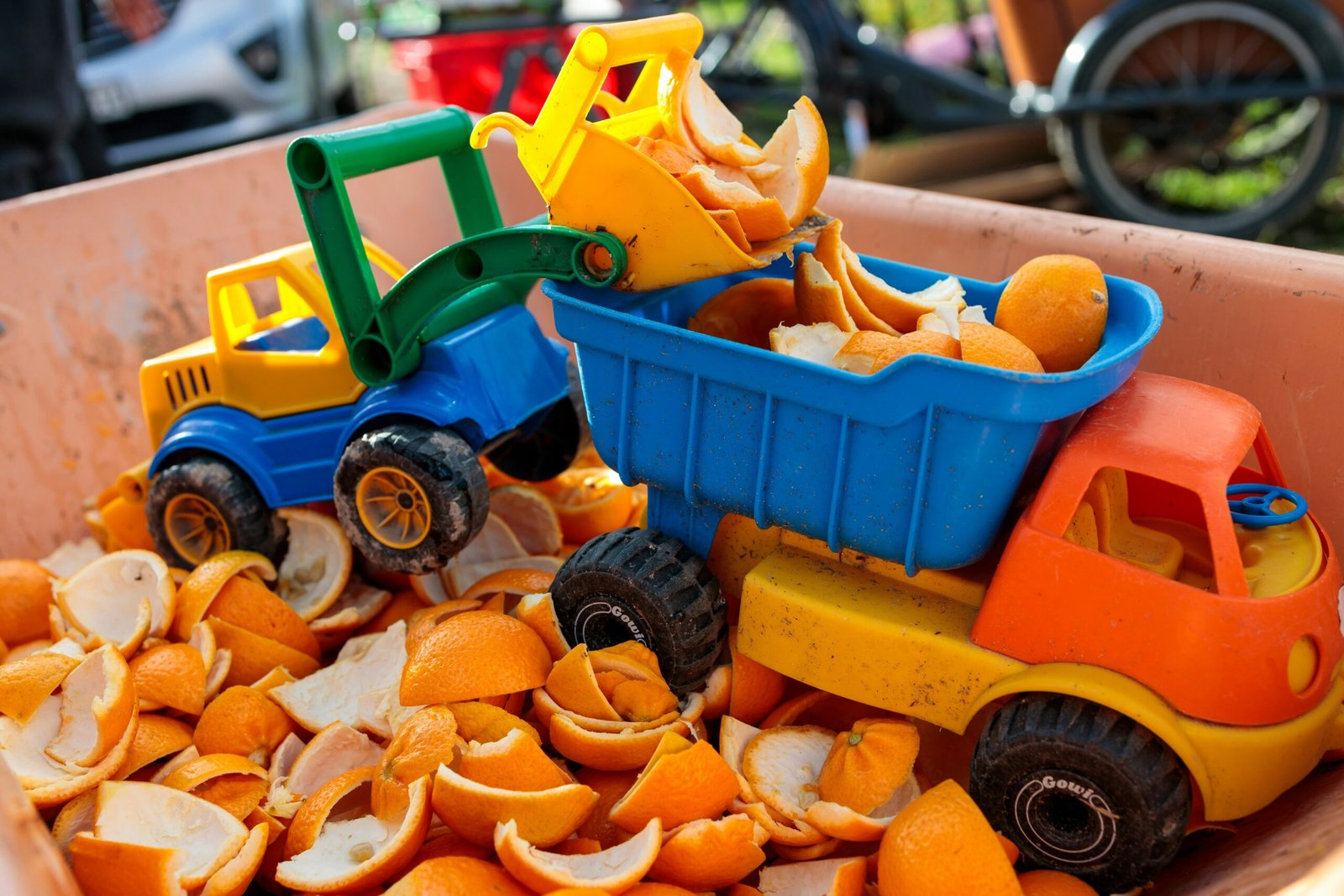The Role of Toys in Child Development
Toys play a crucial role in the multifaceted development of children, influencing their cognitive, emotional, and social growth. Various types of toys serve as instruments for exploration and discovery, enabling children to engage in problem-solving and imaginative play. This is well-supported by psychological theories, notably Jean Piaget’s stages of cognitive development, which outlines how children evolve in their thinking processes as they interact with their environment and the objects within it. According to Piaget, children progress through stages, and toys are essential in facilitating this progress.
Cognitive development is significantly enhanced through play. Toys that promote creative thinking, such as building blocks or puzzles, cater to various developmental milestones. For instance, during the preoperational stage, children begin to engage in symbolic play, where toys can represent real-world objects, thus honing their cognitive skills. This imaginative functionality of toys encourages children to experiment, create scenarios, and develop critical thinking skills, which lays the groundwork for future learning.
Additionally, toys contribute to emotional development by providing an outlet for children to express their feelings. Role-playing with dolls or action figures allows children to act out narratives, process emotions, and understand social contexts. This type of play fosters empathy and emotional intelligence, essential skills for successful interpersonal interactions. Furthermore, toys facilitate social development as they encourage collaborative play, teaching children about cooperation, negotiation, and sharing.
Importantly, age-appropriate toys align with the developmental stages of children, ensuring they engage with toys suited to their cognitive and emotional capacity. As children grow, they require different challenges that reflect their evolving abilities. By selecting toys that promote learning and creativity, parents and caregivers can provide invaluable support in their children’s development, laying a strong foundation for lifelong learning and emotional well-being.
Innovative Toy Designs that Encourage Exploration
The toy industry has evolved remarkably in recent years, embracing innovative designs that stimulate creativity and enhance learning experiences for children. One of the most significant trends has been the integration of technology into toys. Smart toys equipped with interactive features enable kids to engage in immersive learning activities. For instance, coding robots encourage children to develop critical early programming skills while encouraging exploration through play. These tech-integrated toys help foster curiosity and a deeper understanding of STEM concepts by marrying fun and educational content.
Another prevalent trend in contemporary toy design is the emphasis on open-ended play. Toys that inspire imaginative thinking allow children to explore various scenarios and ideas without rigid limitations. Building blocks, creative construction sets, and art supplies serve as prime examples, as they provide children with the freedom to create their own narratives and design projects. Such platforms cultivate problem-solving skills and enhance cognitive development by allowing children to experiment with different approaches and solutions.
Moreover, the growing awareness of environmental sustainability has led to a surge in eco-friendly toys. These toys, made from recycled materials or sustainably sourced components, not only reduce ecological footprints but also educate children about the importance of caring for the planet. Toys designed with this consciousness not only bolster a sense of responsibility but also serve as creative stimuli, allowing children to think critically about the world around them.
Lastly, toys that promote STEAM (Science, Technology, Engineering, Arts, and Mathematics) skills play a crucial role in modern learning approaches. From building kits that require structural engineering knowledge to art kits integrating scientific principles, these toys encourage collaboration, critical thinking, and creativity. The combination of these disciplines helps children navigate complex concepts while enjoying the learning process.



